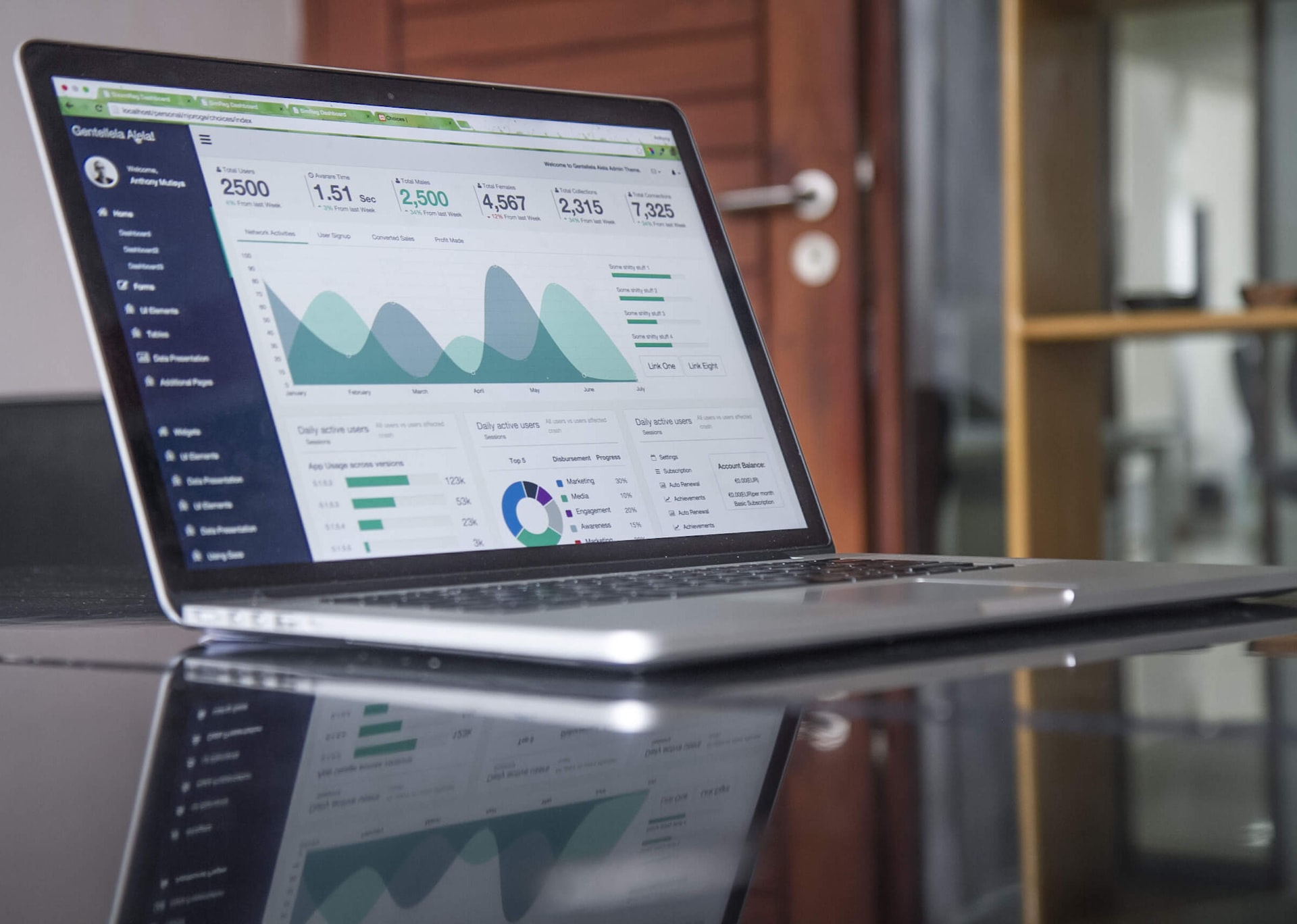
6 Website speed optimization strategies for 2022 & Beyond
6 Website speed optimization strategies for 2022 & Beyond
Is your website speedy enough? This is not an easy question.
Page load times affect everything from how long visitors remain on your website (or when they can view the content) to search rank and overall conversion rates.
Speed is crucial in two ways - for both mobile and desktop computers - with mobile speed being more important than ever before. Your website doesn't just require a fast-loading speed – it also has to load speedily all over the world.
So how do you do it? Begin by conducting a Test on Google's PageSpeed Insights to find out how your site is performing (you'll receive some suggestions to improve the speed of your website there too). After that, you can begin making these changes to ensure your site is speedy this year.
1. Conduct Regular Speed Tests
A speed test isn't only the first step to take to ensure that your website is designed to run smoothly. It should also be a part of your routine site maintenance.
The speed of your website can fluctuate over time based on the things you've made or added to the site, changes in technology, or outdated software or themes. This is why it's essential to test your website regularly and adjust as necessary.
The advantage is that you'll have your site running at high speed and gain from search engines too. (Speed is important when it comes to delivering the best user experience).
2. Optimize Content for Speed
The way you organize content is among the little details that can aid in the speed of your website and accessibility.
This is particularly useful for blogs or websites that have lengthy content.
First, try these suggestions:
- Utilize extracts or tags for reading (WordPress) to ensure that blog feeds contain small snippets from posts and a link to the full text.
- Remove comments from the page content to ensure they're in their place.
- Linking can be used to separate the content, such as downloads, photo galleries, or other types of content, so that you don't have multiple large elements on one page.
3. Don't Hotlink to Your Website
Are you linking to your website? Get rid of these links immediately.
Hotlinking, also known as copying the origin of an image from one website to the next, can be a time-waster. It's not just slow. It's also illegal in many instances and could be associated with copyright or legal concerns. Therefore, don't ever do it.
Images must be loaded from your server and hosting. Additionally, you can take steps to stop other users from hotlinking your images, which could result in slowdowns in speed.
- Make use of the CDN (read more details about it below)
- Make sure that right-clicking is disabled on images.
- Modify the HT access file to disallow hotlinking
4. Don't Overcomplicate Things
One of the most effective ways to ensure your website is fast and user-friendly is to make it easy. The same rule that applies to the site's style can be applied to its functionality.
One drawback of web design is that it can add excessive functions and animations that slow down download speeds.
Do you require a video slider for your homepage? Do you require several animated images? Do you require three plugins to accomplish something that a bit of customization could accomplish? These things could cause your website to be slow.
The removal of unnecessary features and elements can make a big difference to the speed and, ultimately, usability.
If you're not sure how to begin, website analytics can give you fresh information to assist you in making decisions.
Begin with the slider. Are you seeing anyone click it? (Or are they going beyond one slide?) If not, it could indicate that a static image is okay.
Find these tiny clues within your site's layout to make it easier and accelerate the process.
5. Compress It
Compress your website to cut loading time. Website compression utilizes the gzip format, which is a zip file that browsers can open and display.
It helps save time since the tiny zip file can be transferred to the internet quicker than many small files simultaneously.
From gzip.org: "gzip is an uncompressed single-file/stream data compression tool, and the resultant compressed file typically is referred to as .gz. Gzip is also the compressed data format utilized in the application."
Gzip is activated by adding a tiny code to your access file. (You may also download the plugin that allows Gzip, but it's not required.)
6. Consider a CDN (Content Delivery Network)
A Content Delivery Network, also known as a CDN, can drastically improve speeds and reduce bandwidth.
A CDN is a server that hosts files over the servers of a network rather than one location.
This means that when visitors visit your site, it loads the information from the closest server to them, thus reducing the burden on your server and safeguarding you site from spikes in traffic and DDoS attacks. (It's an all-win situation.)
A CDN is especially useful when you receive many visitors simultaneously, for instance, when you send an email about an offer or promotion - since it splits the traffic. So everyone can enjoy the same speedy and efficient browsing experience.
Closing Thoughts
What do you need to do to ensure your site is optimized for speed?
Utilizing good mobile and desktop speed practices affects more than how users can access your site. It affects your site's rank, search engine optimization, and conversion rates. (How do you expect someone to purchase a product when the website isn't loading?)
Have fun! It's a good idea to begin cleaning your code and enhancing your website. You'll begin seeing results even when you only do one thing every month.
Looking to increase your website's loading speed? Contact EWM today to learn more about our solutions.